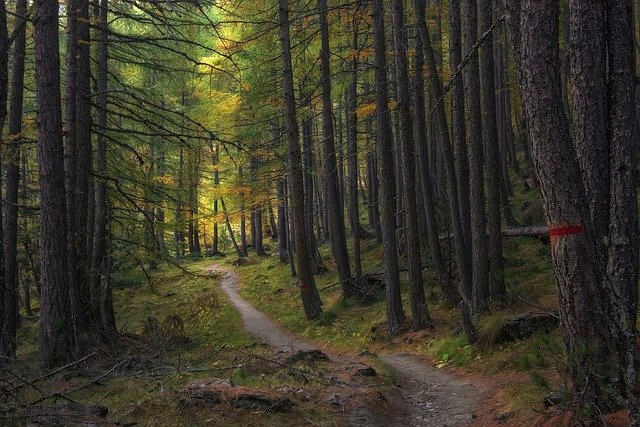**Title: "The Evolution of Narrative in Video Games:

The Secret Lives of Urban Wildlife
Urban environments are often bustling with human activity, but beneath the surface, a vibrant world of wildlife thrives. From raccoons rummaging through trash cans to hawks soaring above skyscrapers, urban areas are home to a diverse array of animals that have adapted to city life. In this post, we’ll explore the secret lives of urban wildlife and how they navigate the challenges and opportunities presented by city living.
The Adaptability of Urban Wildlife
Urban wildlife has shown incredible adaptability. Many species have learned to exploit human resources for survival. For instance:
- Raccoons: Known for their dexterous paws, raccoons have become experts at opening trash cans and finding food in urban settings.
- Pigeons: These birds thrive in cities, feeding on discarded food and nesting on ledges and rooftops.
- Coyotes: Once primarily rural creatures, coyotes have increasingly moved into urban areas, where they hunt small mammals and scavenge for food.
Benefits of Urban Living
Urban environments can offer unique advantages for wildlife:
- Food Sources: Cities provide abundant food supplies, from gardens to street food.
- Shelter: Buildings, parks, and other structures offer shelter and nesting sites.
- Reduced Predation: In some cases, urban areas have fewer natural predators, allowing certain species to thrive.
Challenges Faced by Urban Wildlife
Despite the advantages, urban wildlife faces significant challenges:
- Habitat Loss: Urban development often leads to the destruction of natural habitats, forcing wildlife to adapt or relocate.
- Pollution: Air and water pollution can harm wildlife health and disrupt ecosystems.
- Human Interaction: Increased encounters with humans can lead to stress and dangerous situations for wildlife.
How to Coexist with Urban Wildlife
As city dwellers, we can play a role in supporting urban wildlife. Here are some tips for coexistence:
- Create Wildlife-Friendly Spaces: Plant native gardens and install bird feeders to attract local species.
- Reduce Waste: Secure trash and compost to minimize food sources for scavengers.
- Educate Others: Share knowledge about urban wildlife and promote respect for their habitats.
Conclusion
The secret lives of urban wildlife are a testament to nature's resilience and adaptability. By understanding and respecting these creatures, we can foster a harmonious coexistence that enriches our urban experiences. Next time you spot a raccoon or hear the call of a hawk, take a moment to appreciate the wild side of your city!
Feel free to share your own experiences with urban wildlife in the comments below!

All images are taken from the Pixabay.com